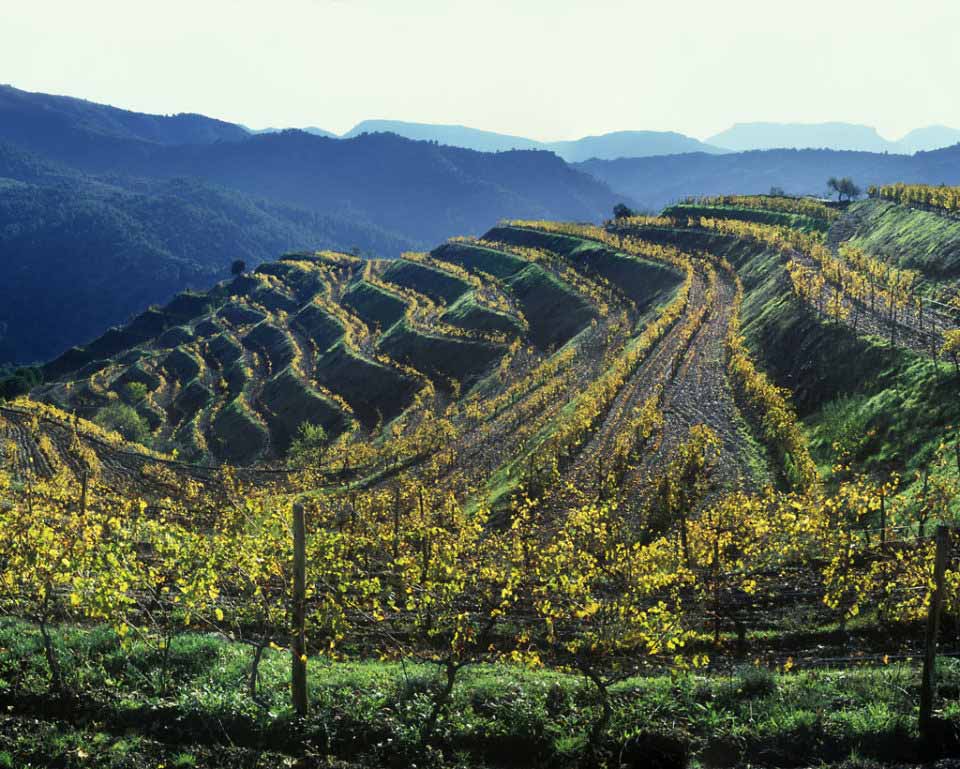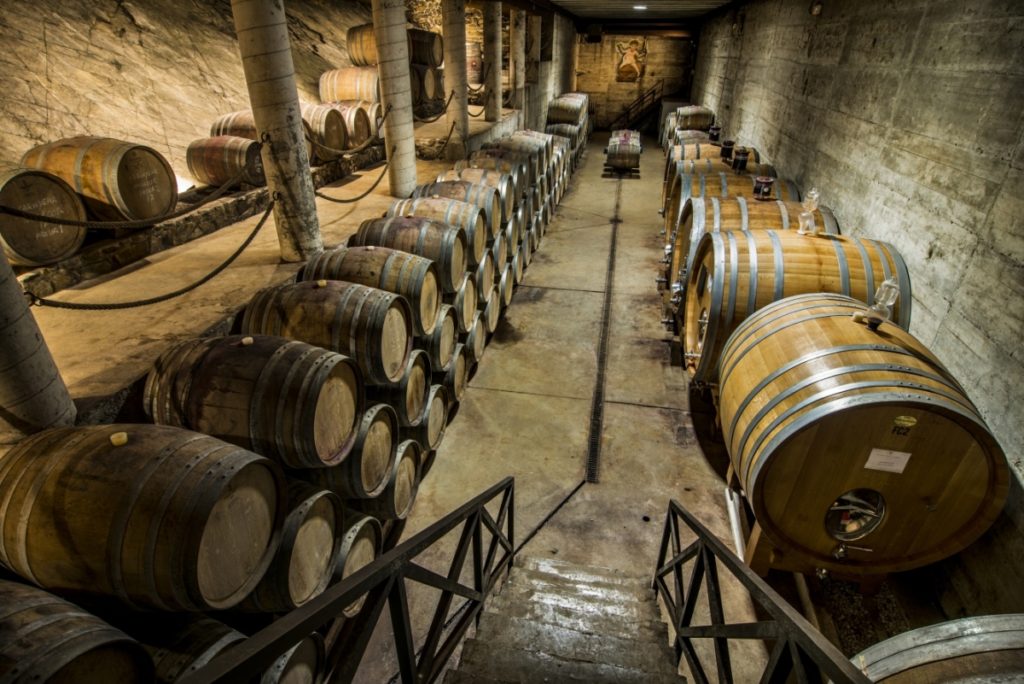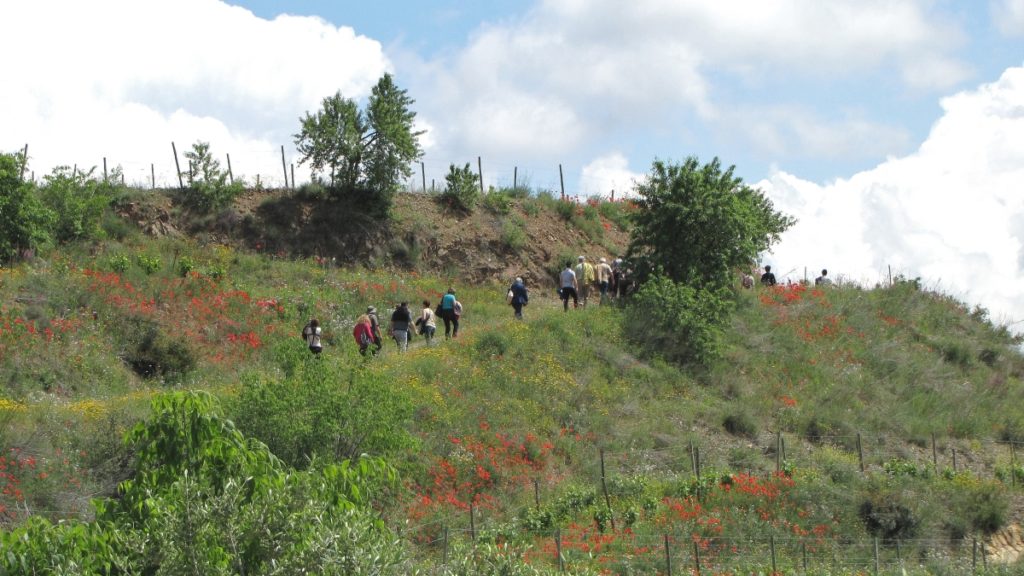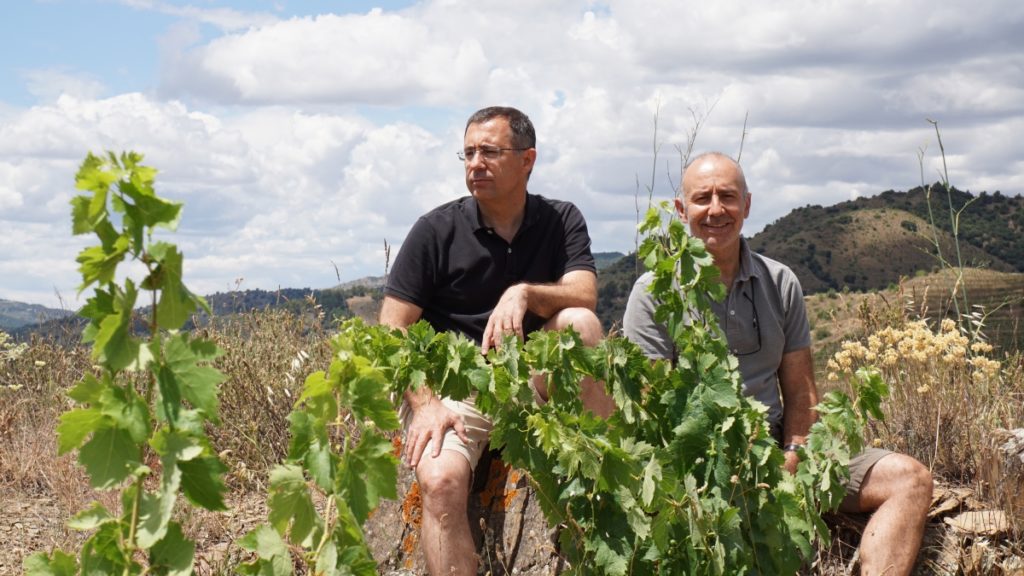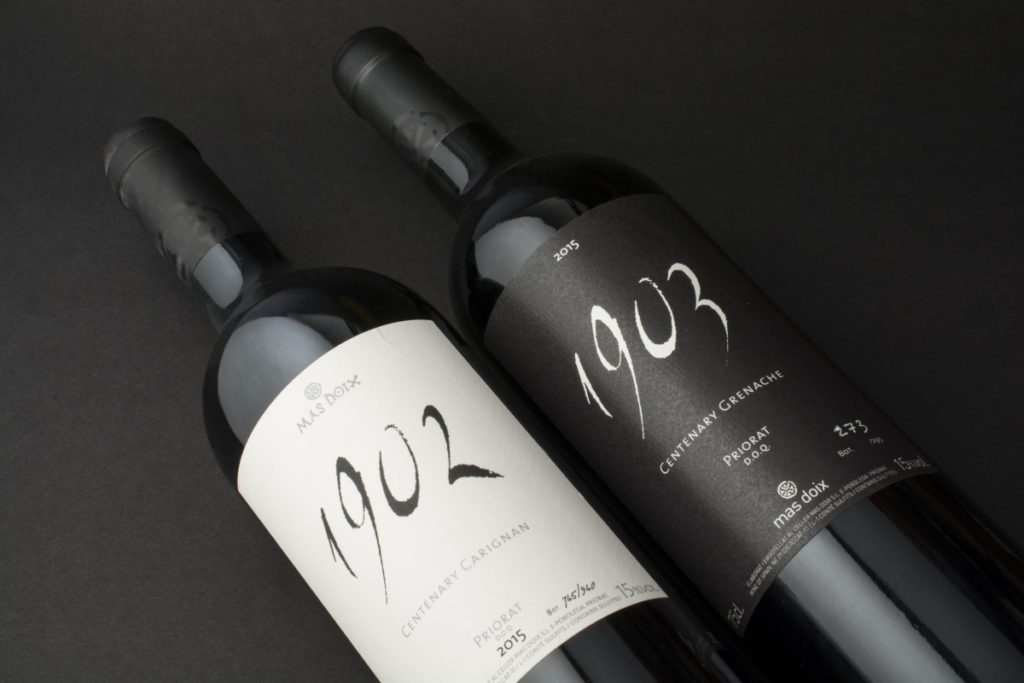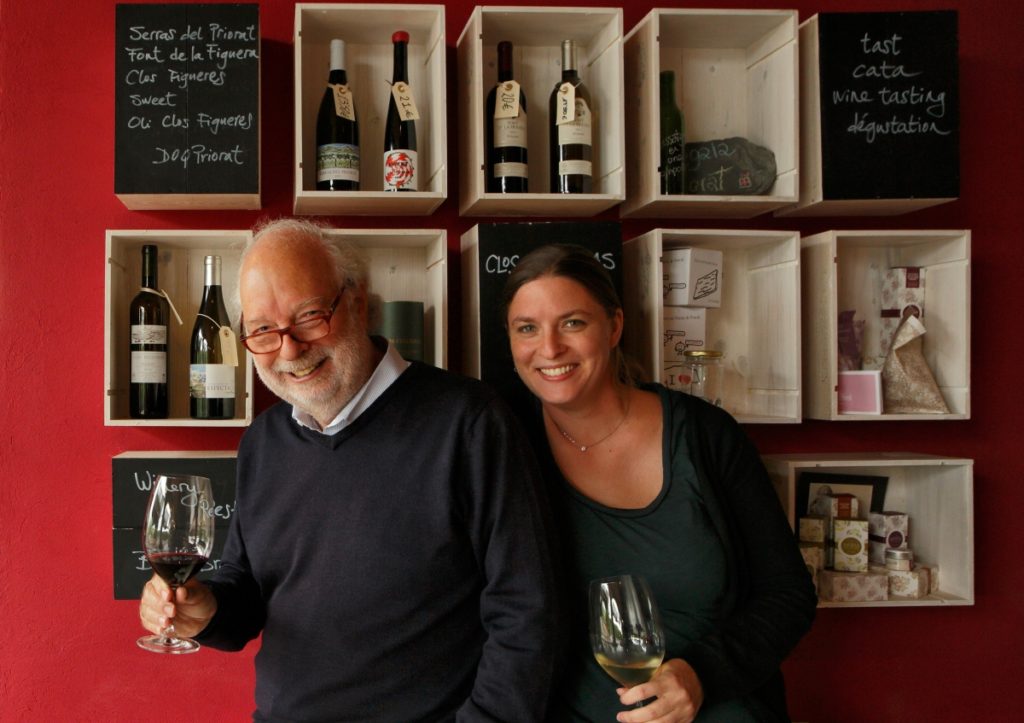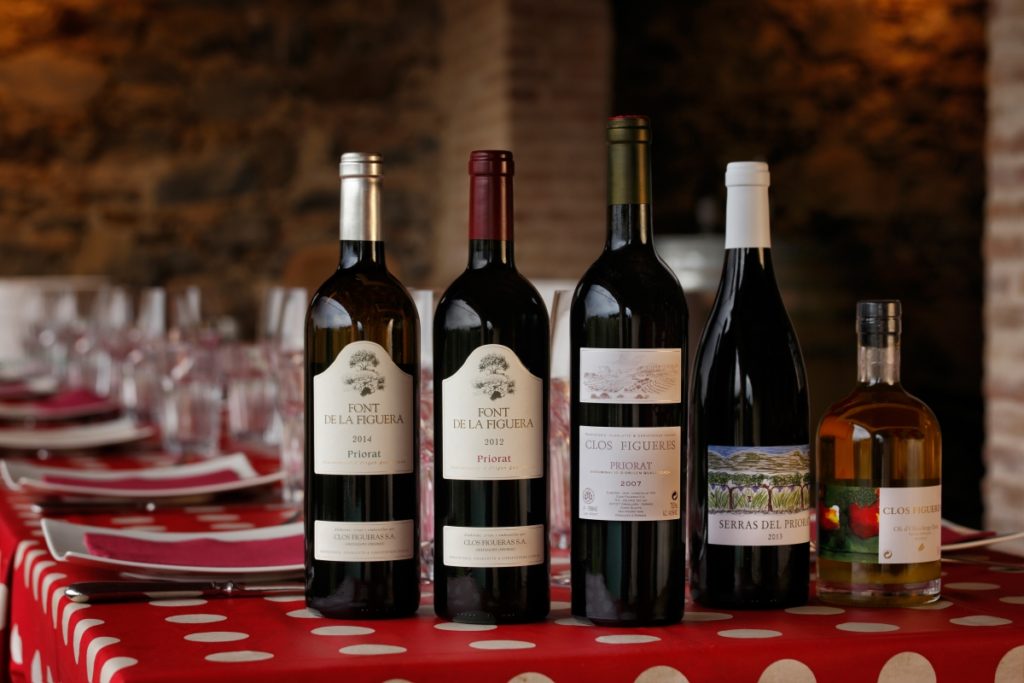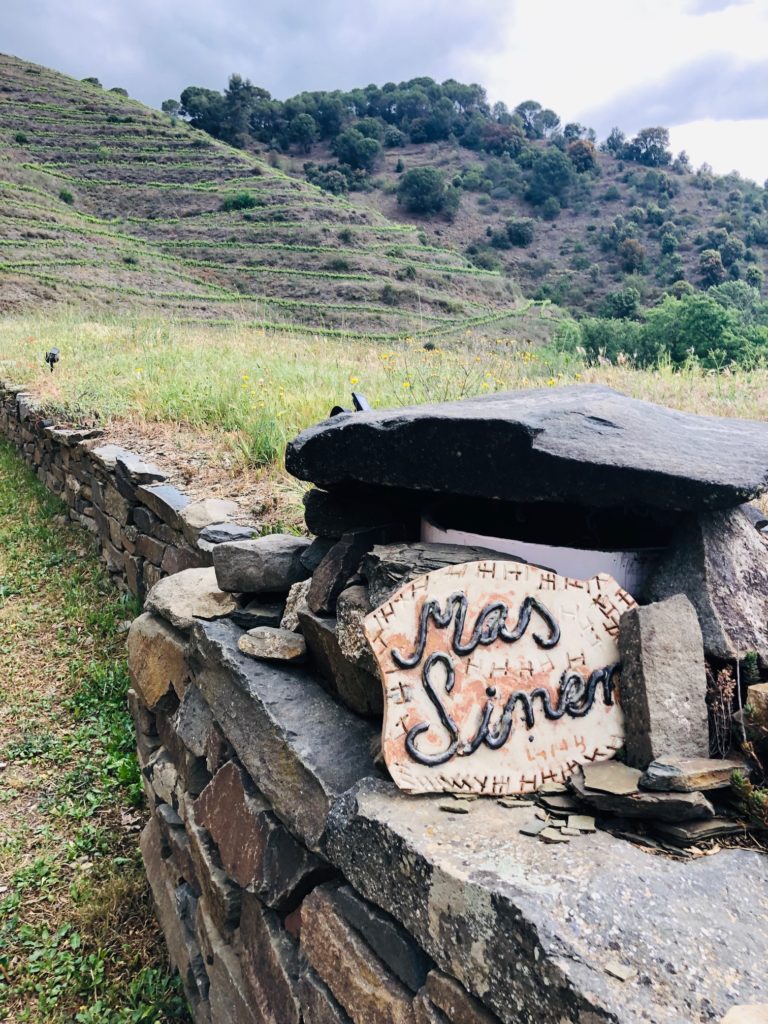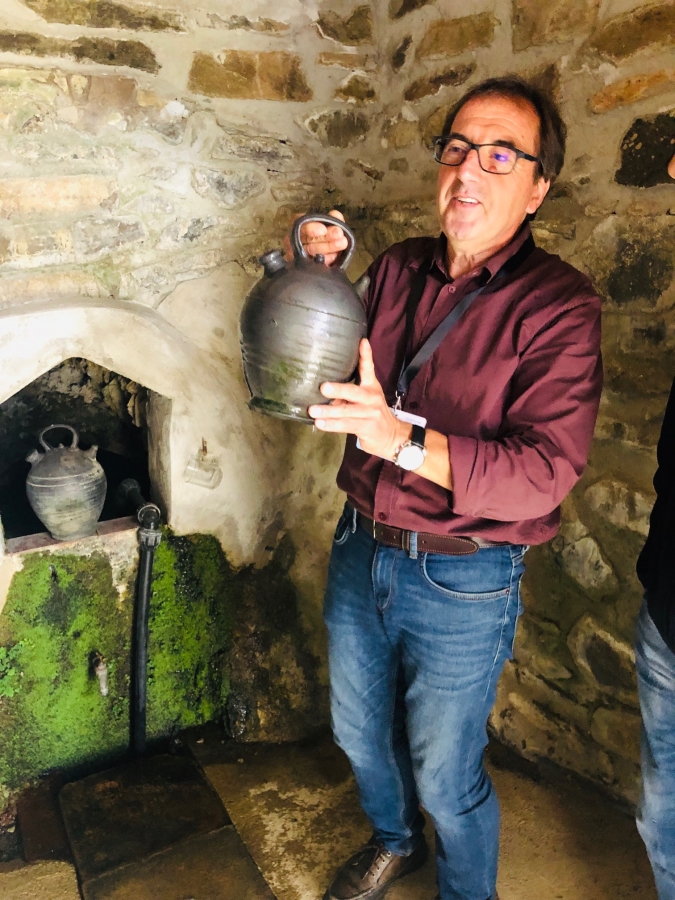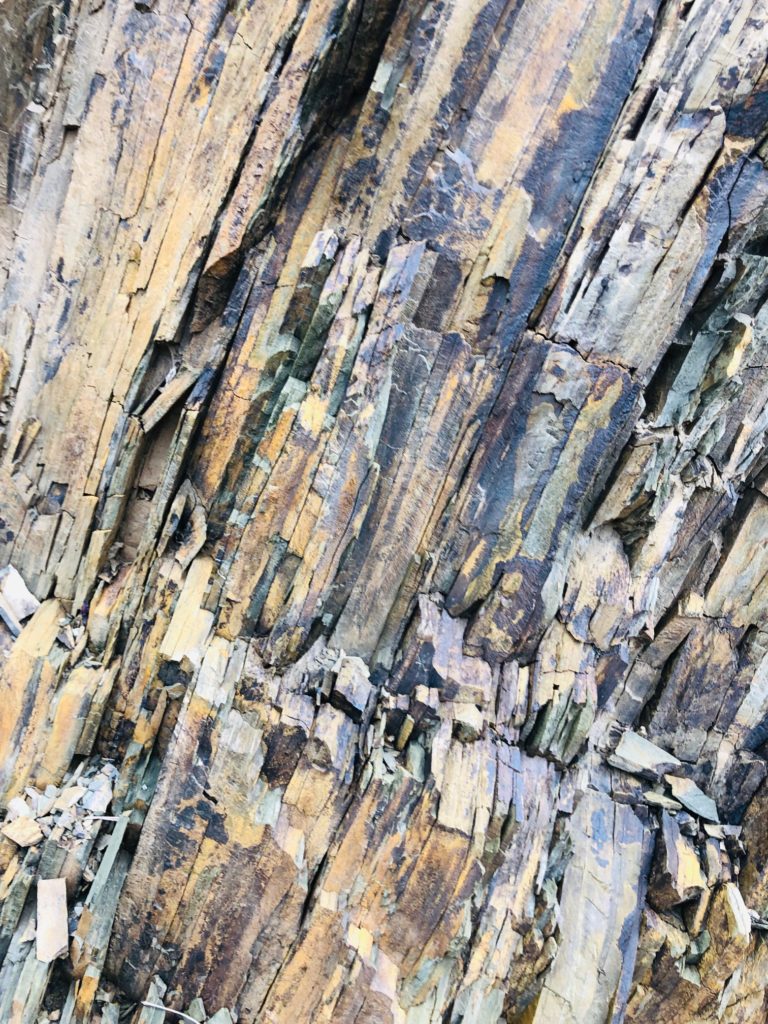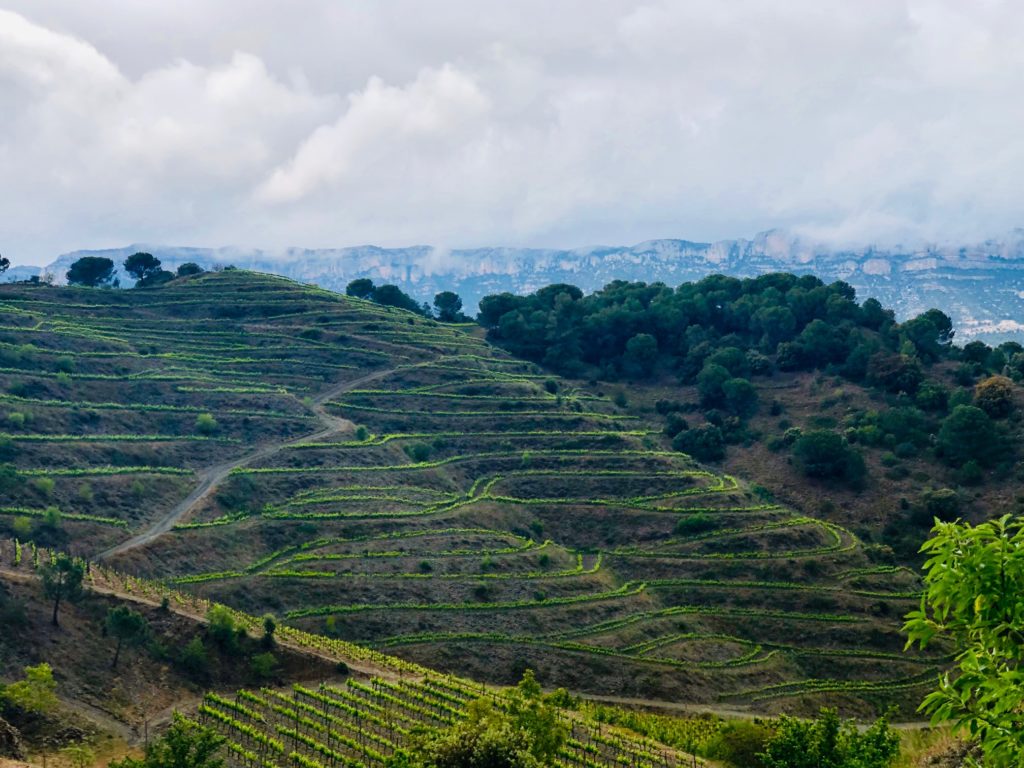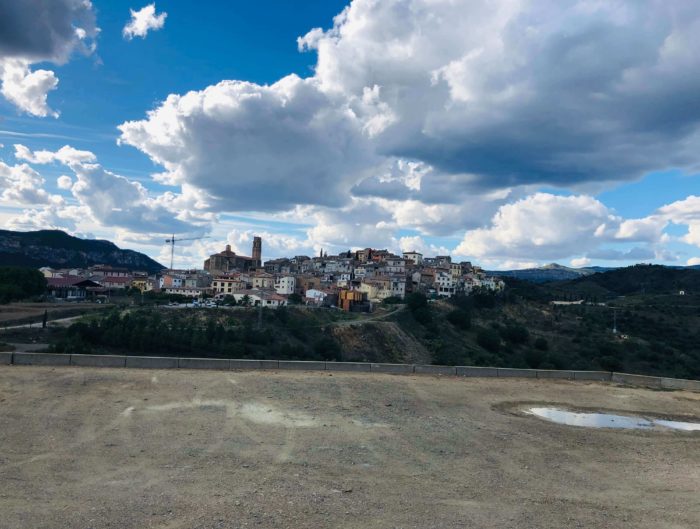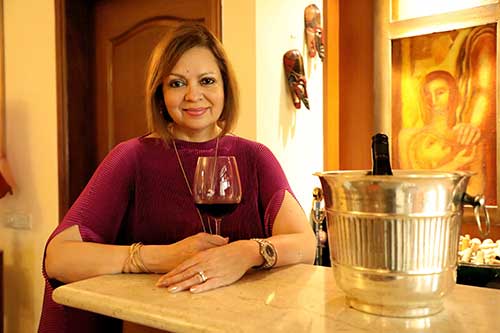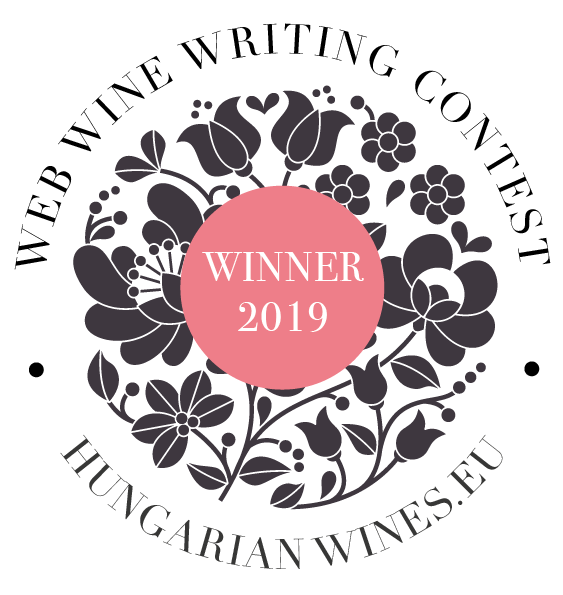Some of the regions top wine producers and their best wines are listed in this blog. Visit, or buy a bottle if you get the chance. It will be a worthy spend.
Just two hours drive from Barcelona, Priorat is a wine region like no other. Steep, stark with a unique terroir. The rapid strides made by the region in the last few decades is a testament to its award winning wines, worthy of ageing and critical appreciation. As pioneering producer René Barbier says, “We think we are on our way to become one of the references for exceptional wines and serious work.”
Clos Mogador
If the name sounds French it is because its owner René Barbier, is a French expat in Priorat, acknowledged as being one of the pioneers who triggered the Priorat resurgence in the 1990s along with Alvaro Palacios. Today, the Barbier family makes spectacular premium-only wines in the village of Gratallops.
Annual production: About 40,000 bottles
My picks:
Clos Mogador 2016: 50% Garnacha, 25% Carinena, 16% Syrah, 10% Cabernet Sauvignon. 30,000 bottles

The wine cellar at Clos Mogador 
Wine tourism: visitors walk around the Clos Mogador vineyards.
Main image: Clos Mogador
Manyetes 2015: 100% Cariñena. 4700 bottles.
Nelin 2016: Stunning white crianza, proves there is more to Priorat than its red wines. White Garnacha and Macabeo. 7000 bottles
Barbier explains: “Priorat managed to avoid the chemical aggression of the 60’s, when an aggressive expansive monoculture was mainstream. Therefore, we kept a balanced flora and environment, and we managed to start planting again just at the time when the eco-friendly sensitivity started. Priorat is an old region that missed the era of a disastrous, aggressive agriculture. And it is indeed well-known among the wine specialists, as much as La Rioja. Our movement in the 90’s meant that a lot of vineyards were replanted, that is why we have about 3/4 vines from those years, and only 1/4 are really old ones, some of them centenary.”
Although the resurgence has been credited with the foresight of the group (Ed: Occasionionally known as the Famous Five, the pioneers of the 1990s were Rene Barbier of Clos Mogador, Alvaro Palacios of Alvaro Palacios, Dafne Glorian of Clos Erasmus, Carles Pastrana of Clos Oba and Jose Luis Perez of Clos Martinet) dominated by outsiders, Barbier insists, “We know that we are nothing without the deep roots of the Priorat people. We know that success also depends on competing in quality, which is our driving force.”
Camí Manyetes, 43737-Gratallops Spain
Website: http://www.closmogador.com
Mas Doix
Mas Doix is a family run estate by Doix/Llagostera family known for its award-winning wines made in tiny quantities.
Says founder Valenti Llagostera, “In the 20th century, our grapes, mainly Garnacha, went to the cooperatives to make a rustic, high acid wine, with a lot of colour. It was used just to improve other wines… in Spain or outside Spain. With the arrival of Rene Barbier and Alvaro Palacios….our wines began to be made very differently, in a different style.We do have a very distinctive soil and terroir! Schist, dry climate, the Mediterranean sun…this means low yields and concentration. Mas Doix’ wines are full of freshness and elegance.”

The founders of Mas Doix 
Mas Doix wines
My picks:
1902 2015: Made of 100% old-vine Cariñena grapes – 110 years old. The vintages have topped 90+ points in reviews since 2009, the first vintage. 850 numbered bottles made.
Doix 2015: 55% old Cariñena (110 years old), 45% red Garnacha. Also gathering 90 + point scores for its vintages. 6000 bottles made.
Mas Doix also has a running and hiking route, and are noted for their annual Mas Doix race. (See website)
Mas Doix, Carrer Major, 56, 43376 Poboleda Spain. Website: http://www.masdoix.com/
Winery visit and tasting from €20 per person
Clos Figueras
Another expat, Christopher Cannan joined the pioneers when he was persuaded by Barbier and Palacios to buy an abandoned vineyard near Gratallops which was up for sale in 1997. Today, Clos Figueras (“Clos” because it consisted of 10 hectares all in one piece) wines are highly rated, and Cannan, who had his roots in the Bordeaux wine trade, is known for his excellent range. The vineyard covers about 11 hectares. The total size of the property is 18 hectares, including olive trees and forests. Like many Priorat producers, Clos Figueras produces its own olive oil and honey.
My picks:

Christopher Cannan with his daughter Anne-Josephine 
The wines of Clos Figueras
Clos Figueres 85% Grenache and Cariñena (vines are approximately 30-60 years),10% Syrah 5% Mourvedre and Cabernet Sauvignon
Font de la Figuera white wine : Viognier 60%, White Grenache 35%, Chenin Blanc 5%.
Total production about 38,000 bottles.
Clos Figueras, Carrer de la Font, 38,
43737 Gratallops Spain. Website:https://www.closfigueras.info/
Winery visit from €15 per person
Clos Figueras runs a cosy restaurant Les Figueras, in Gratallops specialising in a menu created from local, organic produce. It also has a B&B, rooms from €99 onwards.
Cellar Burgos Porta
Mas Sinen is the name of the 15 hectares of organic vineyards and winery run by Poboleda native Salvador Burgos, a man of incredible energy and enthusiasm. Situated on a steep hillside outside the village, where only mules, not machines, work the land, Mas Sinen produces 4 wines, some from rare pre-phylloxera grapes which yield tiny quantities of juice. His friend, Sergi Mendez shows us around, explaining the mineral-rich content of the water that trickles down the hills through the llicorella soil is potable. (Indeed, we tasted the water – it was sweet and pure.) “We try to put our terroir into the bottle,” says Burgos. The yield is so tiny, that 2 vines yield no more than a glass of wine. The grey stone-faced winery is small but old, boasting of basket-presses ranged alongside steel tanks. In the tasting room, we taste the 2018 Mas Sinen. It is still a baby, Burgos declares, “It will be ready in 2021, after 6 months in barrel.” Burgos’ wines are ageworthy, but he shrugs this away with “Yes, it can age. But wine is made to be enjoyed, and because Priorat production is so small, its wines are rarely aged. They are drunk very quickly.”
Watching Burgos whisk around the winery, darting up to the tasting room where visitors await, I comment that he doesn’t walk, he runs. “No, corrects Mendez,” He flies. Priorat demands energy. It is a tough land.”

Burgos Porta’s Mas Sinen in Poboleda village 
Salvador Burgos shows us the pure, sweet water that runs through his vineyards 
The llicorella soil of Priorat at Mas Sinen 
Vineyards: Mas Sinen. Pics: Ruma Singh
My picks:
Mas Sinen 2010: 40 % Garnacha, 23% Cariñena, 17% Syrah, 20% Cabernet Sauvignon. 7000 bottles
Mas Sinen Coster 2012: 55% Garnacha, 45% Cariñena, 2100 bottles
Mas Sinen Blanc 2016: 100% Garnacha Blanc. 700 bottles
Mas Sinen, 43376 Poboleda, Spain. Website: http://massinen.com/
Winery visit and tasting from person: €12 per person
Priorat Facts
La Rioja and Priorat are the only two wine producing areas in Spain which have the label of Denominación de Origen Cualificada, i.e., Qualified Apellation of Origin. While Rioja is on the radar of wine tourists, Priorat is less so, making it a hidden delight for wine lovers looking for top-rated, elegant, award-winning wines in a quiet, little-explored zone.
Els Noms de la Terra or the Names of the Land
An ambitious classification project, the first of its kind in Spain.
First level: DOQ Priorat level
Second: Vi de Vila (village), wines from Priorat’s 12 villages
Third: Paratge wines – quality wines from specific areas.
Top classifications: Vinya Classificada – bottlings from exceptional single vineyards – and Gran vinya classificada.
Unique: The rare Velles Vinyes category for ancient vines over 75 years.
The Consell Regulador DOQ Priorat has identified each vineyard and plot in an effort to give provenance to every bottle of Priorat wine. This will give authenticity and value to the already-high value Priorat wines.
There are many more excellent producers in Priorat, both big and small making award-winning wines. This article represents just a few of the ones I had the chance to visit or interact with and are known by reputation.
Visitors will find a wealth of excellent wine from the producers of Priorat. For details on visiting Priorat and things to do, see the Priorat Tourism website
www.turismepriorat.org

